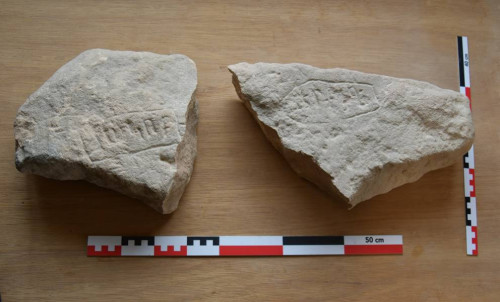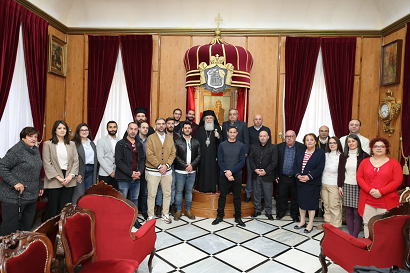“Armenian Inscriptions Uncovered at Shoubak Fortress in Jordan, Shedding Light on 17th-18th Century History”
Shoubak Fortress in Jordan has recently yielded a fascinating discovery – Armenian inscriptions dating back to the 17th-18th centuries. This finding was announced during a seminar at Yerevan State University by Hamlet Petrosyan, the director of the cultural studies department. Petrosyan informed the audience that the inscriptions were found by researchers from Florence University and are currently being studied in collaboration with Armenian researchers. The fortress itself is a significant historical site, built by the Crusaders in the 12th century and later held by the Saladin Dynasty.
Italian researchers have taken a keen interest in Shoubak Fortress and its connection to the Crusader region. Despite multiple renovations and rebuilds, the fortress still retains Arabic inscriptions on its walls. It is noteworthy that, until now, no Armenian inscriptions had been discovered. The presence of these inscriptions provides valuable information about the historical context and further enhances the cultural exchange between Italian and Armenian researchers.
Examining the inscriptions in more detail reveals an epic calligraphic style frequently found in Armenian script. The characters can be traced back to the ancient Armenian Yerkatagir script. Interestingly, the inscriptions bear names such as “Hakob” or “Yakov” on one solika, and “Cherkez” on another. The latter is believed to be a translation of Armenia, as it was commonly used in the Muslim cultural area.
It is important to note that, despite the inscriptions’ age, they were likely replicated or created during the 17th century. The stones bearing these inscriptions can be moved and studied, providing valuable insights into their existence, location, and chronology. Hamlet Petrosyan encourages researchers to compare these inscriptions with similar findings in Yerevan, Spanyan, and Aleppo to gain a comprehensive understanding.
In conclusion, while these inscriptions may not have significant academic or scientific historical importance on their own, they hold immense value for fostering cultural cooperation between Italian and Armenian researchers. Additionally, they provide an opportunity for Armenian researchers to study historical monuments in various countries. This discovery marks the beginning of an exciting new chapter in cross-cultural collaboration.


